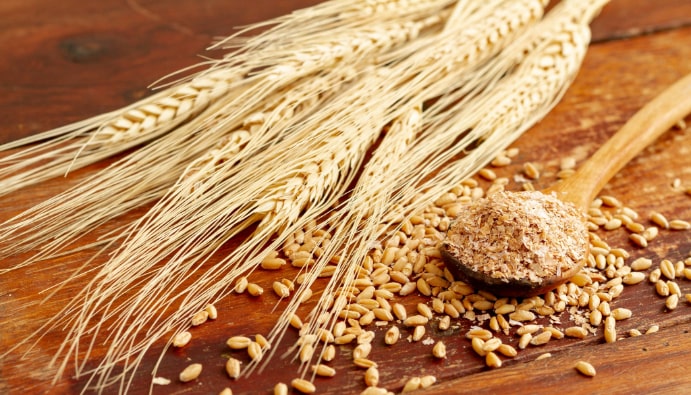Wheat and Flour Testing Methods: Accurate Analyzes in Quality Control
What are the Test Methods for Wheat and Flour?

Nutritional Value of Wheat
Wheat is one of the most widely cultivated cereals worldwide and is a key ingredient, especially in bread production. There are several different types, with hard and soft wheat being the most common. Wheat grains contain high levels of carbohydrates, protein, fiber and various vitamins (especially vitamin B) and minerals (iron, magnesium, phosphorus).
Uses of Flour
Flour types obtained from wheat are classified according to wheat type and grinding type.
- White Flour: It is used in the production of cakes, pastries, biscuits, pastries, white bread. It is obtained by separating the bran and germ of wheat and grinding the endosperm.
- Whole Wheat Flour: It is used in the production of healthier and high fiber products such as whole wheat bread, cakes, muffins and biscuits. Wheat grains are ground with all the bran, germ and endosperm layers.
- Bread Flour: Used in the production of products such as bread, pizza dough and baguettes. It is made from hard wheat with high protein (gluten) content.
- Durum Flour: It is used in the production of light and soft textured products such as cakes, pastries and cookies. It is obtained from soft wheat with low protein.
- Pastry Flour: Suitable for cakes, cookies and some types of light bread. Similar to cake flour but with slightly more protein, finely milled and light in texture.
In order to determine the quality of wheat and therefore flour, some chemical and physical analyzes must be performed.
Basic Tests Performed and Their Importance
- Moisture Content: The first step in quality testing for wheat and flour. The moisture content must be known before milling the wheat. According to the moisture content, the storability of the grain can be known. Moisture content above 14.5% causes mold and insects.
- Ash Content: Ash content is important for the milling stage. It must be known in order to reach the desired or determined ash content in the flour at the end of the process. The amount of ash in flour is an indicator of efficiency and bran contamination during milling. In this case, it allows us to have information about milling performance. High ash content also affects flour color.
- Protein Content: Protein content is related to processing properties such as water absorption and gluten strength. It affects the texture and appearance of the products to be obtained. High protein is required for chewability. Therefore, flours should be evaluated in terms of protein according to their usage areas.
- Number of Drops: Enzyme activity is required to ensure the proper development of yeast and sugar in bread dough, and the number of falls must be known to determine the level of enzyme activity.
- Determination of Colorin Flour : The color of flour usually affects the color of the final product. The preferred color is white, bright color.
- Single Kernel Characterization System Test: It is carried out to evaluate the texture properties of wheat kernels by measuring the weight, electric current and the force required to crush the grains.
- Wet Gluten Determination: It is performed to determine the amount of gluten in wheat and flour and its quality is determined. Gluten affects the elasticity and extensibility of the dough. It is related to protein content.
- Farinograph Test: It is performed for the purpose of flour quality. It is necessary to check the amount of water required for the dough, the effects of the components on the mixing properties, and the uniformity of the flour.
- Extensigraph Test: It is performed to determine the gluten strength of flour and bread making properties. The effects of fermentation time and additives on dough performance are evaluated.
- Alveograph Test: It is evaluated to measure the dough properties of wheat with weak gluten. Flours with low gluten power and high extensibility are preferred especially in cakes and various confectionery.
- Mixograph Test: Used for rapid analysis of dough for gluten strength. Wheat breeders use it to screen early generation lines for dough gluten strength.
- Amylograph Test: Performed to measure starch properties of flour and enzyme activity (alpha amylase enzyme activity) resulting from sprout damage.
- Rapid Visco Analyzer Test: It is performed to measure the starch properties of flour.
As Nanolab Laboratories Group, we perform Wheat and Flour Analysis within the scope of food analysis. We also provide services in food sensory evaluation.
For more information visit our website: https://www.nano-lab.com.tr/
You can follow us on LinkedIn for up-to-date news and posts about our services.
Follow our Instagram account to be informed about our latest blog posts.

